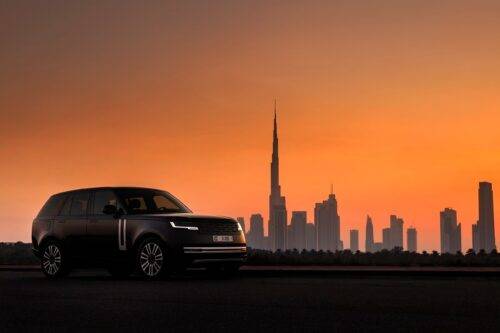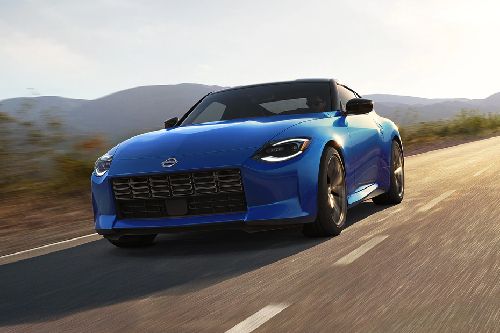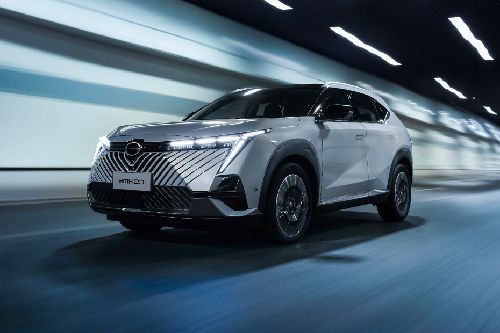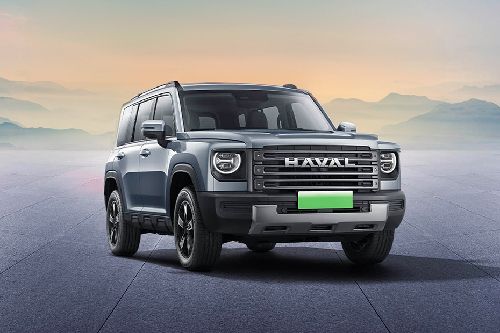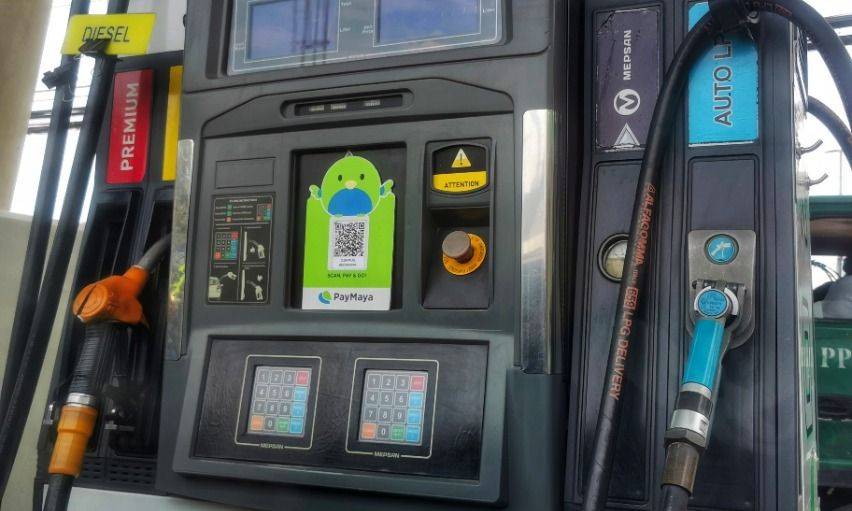OPINION: The lockdown that cleansed the world

In the eternal words of the late King of Pop: “heal the world, make it a better place, for you and for me and the entire human race.” It’s not even in my top five MJ songs but with Facebook flooded with pics of the metro’s crystal-clear blue vistas, I’ve been LSSing on it all week.
As the government scrambled to contain Covid-19 by shutting down the entire island, there were inadvertent, but good, side effects.
First, there was a drastic drop in levels of particulate matter (PM) —leading to a huge improvement in air quality.

After the lockdown, air over Metro Manila became cleaner — a lot cleaner. DENR’s (Department of Natural Resources) air monitoring results of March 23 showed that PM10 was extremely low in all cities.
If you didn’t take up Pollution 101, particulate matter is a mixture of solid particles and liquid droplets in the air. The size of these PMs are vital. At 10 and 2.5 micrometers, these things are inhalable and may unfortunately contain dust, dirt, soot, and other things that can cause you to get sick. The worse of the two is PM2.5 which, aside from getting into your lungs, can get into your bloodstream because they’re smaller.
With no vehicles on the road, PM10 in Pasig registered 32, Malabon 22, while San Juan went down to a low 17. The best air quality came from Marikina at 9 and Paranaque at 7.
For reference, PM10 of between zero and 50 poses little to no risk to people’s health.
But just two months prior, air in Taguig was already "unhealthy for sensitive groups" at 104, while breathing in Parañaque was a moderate health concern because it scored 62.
That’s still a far cry from Kanpur, India with PM10 of 319 — the worst in the world — but it would do us and the kids a great deal of good if we keep this trending down.
Second, as almost three million registered vehicles in the National Capital Region largely continue to sit idle in garages, demand for fossil fuel plunged. Naturally, oil companies lowered prices — for two consecutive weeks. The result? The prices of gasoline and kerosene went down by almost P8 while diesel prices were slashed by almost P7.
No emissions equals cleaner air; no one driving equals reduced fuel prices. Super!
After the “enhanced community quarantine” lies the big challenge for us city types, how keep it (air quality) the way we found it, or at least reduce the impact of our mobility solutions on our environment.
It starts with the current crop of motorized vehicles that ply our roads. As private motorists, we have to look at our emissions. Older vehicles — this is based on research, so don’t use the anti-poor card — will tend to have higher emissions because of two main factors: It uses outdated emissions control protocols and older engines just don’t burn fuel as efficiently as before simply because its components have already deteriorated. Maintenance is key to ensure that we limit the pollutants coming out of automobiles 10 years or older.
A cleaner option, albeit a more expensive one, is upgrading to a hybrid-electric vehicle (HEV). Granted it’s still relatively pricey for a compact sedan, you can get the Toyota’s Corolla Altis Hybrid for just P1.595 million.
That’s still over P700,000 cheaper than the Prius and still P370,000 less than the smaller Prius C.
But why a hybrid?
While private vehicles emit the least amount of PM compared to PUVs, motorcycles and tricycles, they still outnumbers trucks and PUBs (public utility buses) combined. And you don’t even need stats for that; just look at EDSA during rush hour.
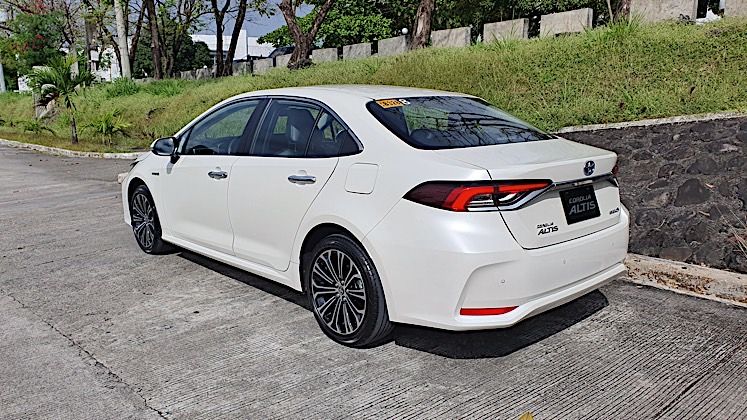
Using a hybrid cuts your tailpipe emissions by at least 44%, almost half of what you currently put out. Imagine what that would do to our skies if just half of the more than one million private cars switch to hybrids. I can only smile at the thought.
In addition, a hybrid will give you an average of 40.8 kilometers per liter. It’s the equivalent of going to Santa Rosa, Laguna from Makati on a single liter of gasoline, and with still some to spare.
That will reduce your consumption of fossil fuel, which should be enough to sway oil companies to lower their prices.
Electric vehicles are okay too, but the lack of infrastructure and limitation of battery design and technology still cause range anxiety, which has been its longstanding issue.
When it comes to public utility vehicles (PUVs), we can cry as loud as we can about the pollutants they spew but sadly, that’s really not within our purview. What we can do is urge our lawmakers to do a better (and faster) job at shifting the reliance of PUVs on diesel to alternative and more sustainable power sources.

A regular PUB uses a very outdated emissions standard of Euro 1, a very few are Euro 2. Public utility jeeps (PUJs) for sure are Euro 1. FYI, the rest of the world is now at Euro 6. In fact, we’re so far behind that the last time Euro 2 was implemented was before the turn of the century, 1999.
To make matters worse, the World Health Organization has categorically stated that exhaust fumes from diesel engines definitely cause lung cancer and may also cause tumors in the bladder.
Remember the hybrid buses from Green Frog Zero Emissions Transport along Buendia and Kalayaan back in 2013? Their emissions were 90% less than an ordinary bus while accommodating the same amount of people (70 pax more or less) and charging passengers for much less (P20 from Buendia Tramo to Kalayaan C5 in an air-conditioned bus, P15 if you buy a 10-ride card). How come these aren’t more prevalent now?
According to the Philip Apostol, owner of Green Frog Zero Emissions Transport, regular buses cost roughly P5 million while hybrid buses cost an estimated P500,000 more. But because of hybrid technology, there’s a substantial fuel savings which makes up for the difference in just two years.
Plus, with VAT exemption under the TRAIN (Tax Reform for Acceleration and Inclusion) law, the price of a hybrid bus shouldn’t be too far off from the regular one.
I know these are all sequences of a pipe dream that we all want to come true. It could be 10 years down the line before we see an iota of change (wishful thinking), or maybe more like 20.
But like it or not, we’re in this for the long haul, because, let’s be honest, where else are we gonna go?
“Heal the world” is an oldie-moldy from 1991 with a timeless mantra, “make the world a better place.” I know it’s really more about person-to-person relationships, but choking someone with your tailpipe emissions, even unwittingly, is as person-to-person as you can get.
Do your share, however small it is, and do it now. Let’s agree to not wait for another quarantine before we sing that tune again, okay?
Photo from Gretchen Lucero
Sell your car at the best price
 Verified and genuine buyers
Verified and genuine buyers
PIMS 2024
- Latest
- Popular
You might also be interested in
- News
- Featured Stories
- Latest
- Upcoming
- Popular
Latest Car Videos on Zigwheels

Car Articles From Carmudi
- journal
- advice
- financing
- insurance



























